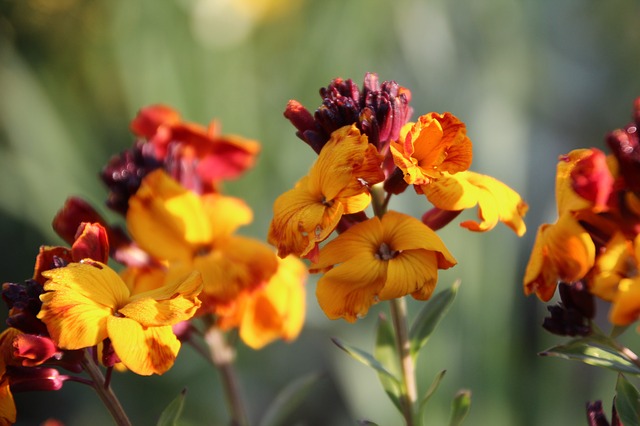
Biennial Plants To Sow Now For A Summer Of Colour
First of all what are Biennial plants? For those of you who are wondering, they are plants which have a two-year life cycle. We can grow them easily from seed. There are many Biennial Plants to sow now for a summer of colour.
During their first year, they concentrate their energy into growing only the roots, stems and leaves. They require a cold period and therefore go into dormancy during the winter months. The following year in spring and summer is when they put on their fantastic show, they come into flower or fruit, produce seeds and then die.
The best time to sow seeds for Biennial Plants is in June and July.
7 Best Ways To Drought Proof Your Garden
The weather is warm and it’s an opportune time for seeds to germinate. The plants become strong and sturdy in time for their rest period. This gives them a good head start for flowering in the following year. This is when they really come into their own with a showy razzmatazz of glorious colour. It’s also useful to grow some, as you can use them to fill any gaps in the beds and borders left by finished spring flowering perennials.They all look well amongst summer flowering perrenial plants. All Summer Blooming Flowers
Many of the varieties shown here do well in pots and containers, they add a multitude of colour and perfume to patio areas and balconies.
Some of our favourite garden plants are Biennials, although due to differences in climate and growing conditions from their Native habitat some will grow as annuals or indeed perennial plants.
Which Biennial Plants To Sow Now
My favourites
Echium Vulgare ‘ Blue Bedder’
This is one of the most popular plants with bees, this intense blue coloured form of our native biennial viper’s bugloss is usually grown as an annual. But it performs far more impressively if grown on its natural cycle, as a biennial. Bees and Butterfly Plants
From a rosette, upright spikes of vivid blue blooms flowers prolifically through the summer weeks, developing pink tints as they age.

Foxgloves
A firm favourite with most gardeners. Our Native foxglove has many pretty varieties and again the bees and pollinators thrive on their nectar rich flowers. With their tall spires of bell like flowers that add grace and height to a border.
Ideal for a shady spot in the garden or part sun/ part shade.
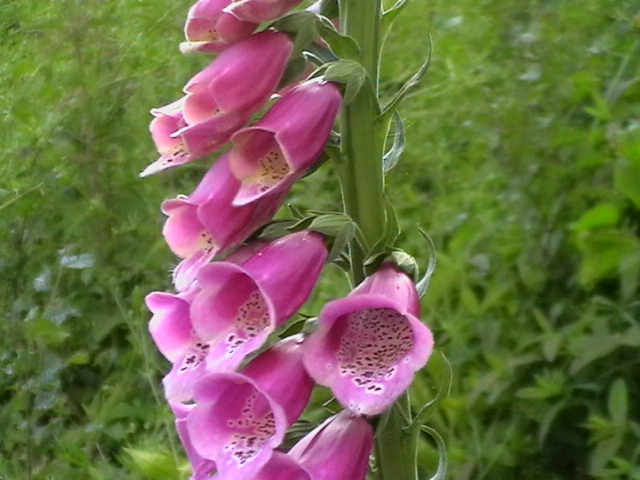
Sweet William
Another lovely sweet scented plant. They flower all summer long and in mild areas will continue well into autumn.
They make a great cut flower, lasting quite a long while in a vase.
They easily self seed, thereby giving you more plants every year. So they seem almost like a perennial plant. They thrive in full sun.
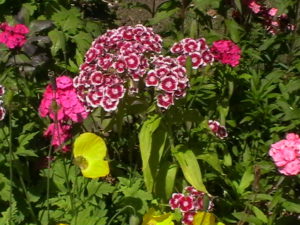
Canterbury Bells
This quintessential English cottage garden plant has long racemes of pretty bell-shaped flowers. These flower mid-season in blue, pink, white or lilac.
Prolific flowering over long spells in the summer.
They prefer full sun.

WallFlowers
These are very easy to grow, reliable and with a gorgeous fragrance.
There are many varieties of these , in a range of colours, you can find ones that are perfect for any colour scheme. WallFlowers are a firm favourite in my garden. They prefer well-drained soil in sun or part sun/shade.
Their stems of many flowers are a delight for any border.

Papaver nudicaule
Iceland poppies are naturally perennial but they are short-lived, and often perform poorly after the first fantastic season.
As biennials however, they are a different thing altogether – they’re stunning – masses of yellow-centred vibrant orange flowers open over many weeks during the summer months.
They perform best in full sun.
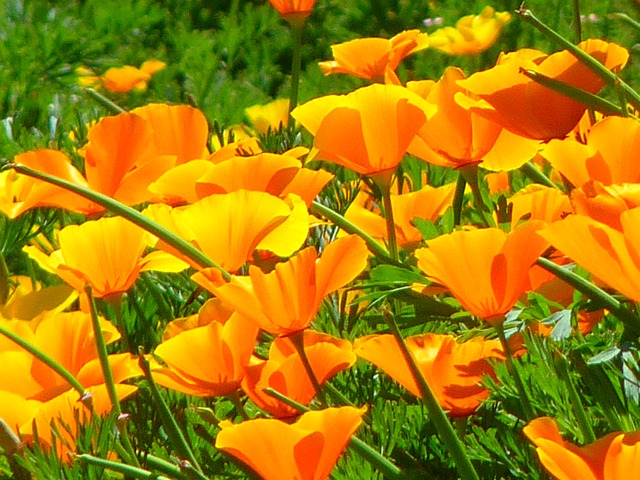
Angelica
With lush foliage and large umbels of white or greenish white flowers, Angelica is a beautiful plant to grow in the borders. Their starburst flowers will really light up a shady corner and they attract a huge number and variety of pollinating insects.
What’s not to like? They a more unusual choice of plant for you to grow.
They will be happy in full sun or part shade.
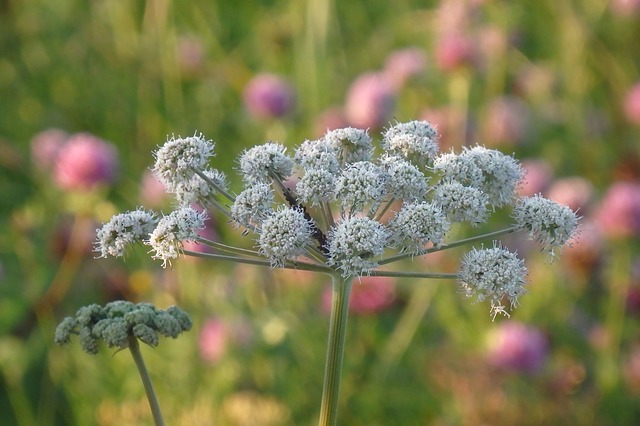
Black CowParsley Ravenswing
This can be grown as annuals, biennials or perennials.
‘Ravenswing’ is a decorative, ornamental variety of cow-parsley with deep-purple fern like leaves and pink-tinged umbels of tiny flowers.
It will be happy in full sun or part sun/shade and moist well-drained soil.

Hollyhocks
Hollyhocks are perhaps, an old-fashioned choice but I think they are perfect in a cottage style garden. Their tall spires of rose type blooms rise above most other border plants.
They are a showy addition to gardens and so very easy to grow. Sow seeds in well-drained, fertile soil, in situ in spring or you can start them indoors at the end go winter.
The plants will need staking as they can grow unto eight feet or so.
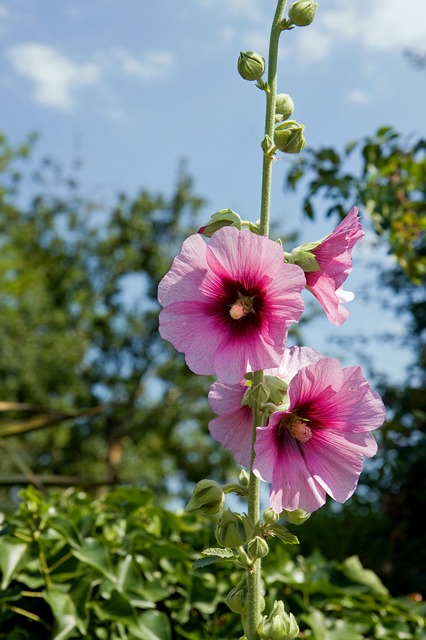
Eryngium
This unusual looking plant is a rather spell-binding, architectural addition to the garden.
It’s spiky form belies it’s soft metal blues or silvery white colours. It looks spectacular on its own or in mixed borders.
Full sun or partial shade.
All these lovely plants make great cut flowers, filling rooms with colour and scent.
So why not have a go and growing some for your garden. You can start sowing seeds now and have a Greta show next year and for subsequent years with self seeds plants.
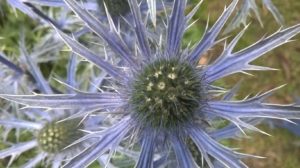
How to Sow Biennials
Biennials work best in generous drifts and this is so easy to do.
Sow larger seeds individually if you can. This is not so simple with tiny seeds such as poppies and foxgloves but try to sow as thinly as possible.
Sow well spaced into a seed tray with some organic seed compost.
Most of these plants will germinate within 10 days to a fortnight at the most, if widely sown, there’s no need to prick them out before putting them into the garden.
You can separate them into individual seedlings from the seed tray straight into their final planting position and they’ll be off and away. Create some space by cutting back spring flowering perennials and pop them in there.
Poppies don’t tolerate root disturbance, so plant them where you want them to flower and leave them be, but the rest of these plants are tolerant, tough and easy to grow and they can be moved to other parts of the garden if required.
All these lovely plants make great cut flowers, filling rooms with colour and scent, so why not have a go at growing some for your garden. You can start sowing seeds now and have a great show next year and for subsequent years with self seeded plants.
Anytime in the June and July is the best time to get sowing. For further information on how to sow seeds check out How to Grow Plant Seeds. 5 Easy Steps
Go and get some biennial plant seeds and start sowing now and with a little patience your gardens will be a majestic show of colour from spring onwards next year and will be the envy of friends and family.
If you have enjoyed this article and it has proved useful to you, please share amongst your friends and family.
I love to hear from you about your gardens, or ask any questions. Pop them in the comments box below.
Happy Gardening.



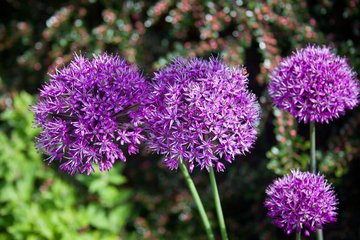

Hello Louise,
You have so many plants here to choose from, they are all lovely.
Your articles are interesting and fun to read whilst being informative and sharing easy tips and gardening advice.
Carol x
Hi Carol,
I enjoy giving you lots of ideas to implement in your garden.
Thank you for your kind comments
Louise